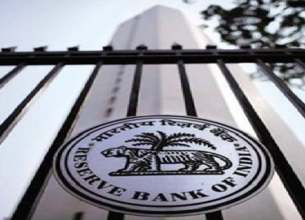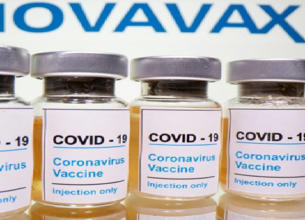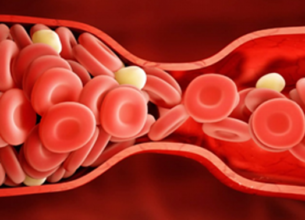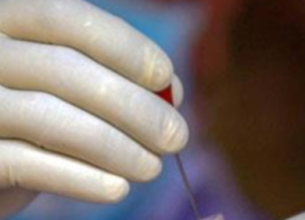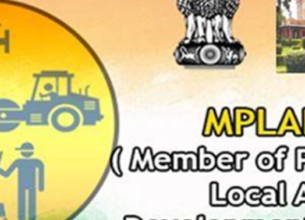THE CONCERN OF FALSE NEGATIVE TESTS
13, Apr 2020
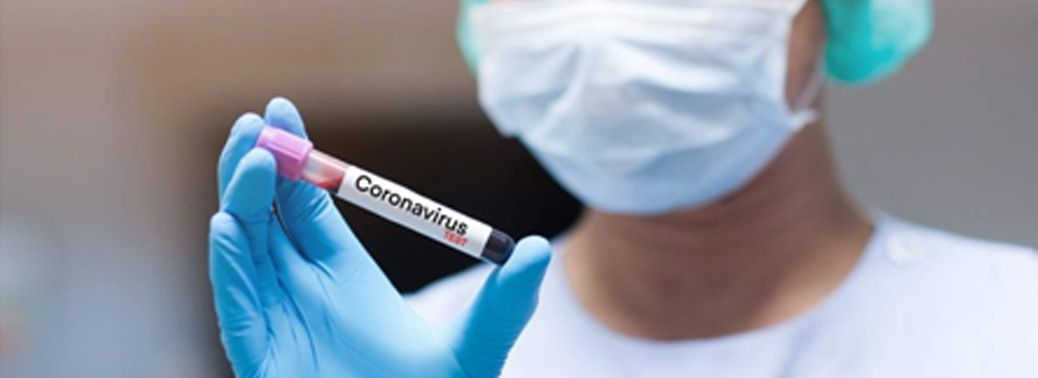
Prelims level : Science and Technology - Medicine and Pharmaceuticals
Mains level : GS-III Awareness in the fields of IT, Space, Computers, robotics, nano-technology, Bio-Technology and Issues Relating to Intellectual Property Rights.
Why in News?
- There have been rising concerns about theFalse Negative Tests in the scenario of this COVID-19 Pandemic.
- There are concerns about the manner in which some Covid-19 patients have apparently relapsed due to false negative tests. They have been tested positive only a few days after testing negative.
What is mean by False Negative Test?
- There is a possibility that the virus does not show up in the first test because patients have not rid themselves of the virus. However, on testing again, the virus shows up and the patients test positive. This is termed as False Negative Test.
- Although the tests based on detection of genetic material are very sensitive, they can be negative sometimes.
- Therefore, scientists and researchers have to constantly deal with the positive and negative predictive values.
- According to the research on the subject of false negative tests, no lab test is 100% accurate.
Possible Reasons behind False Negatives:
- The swab is not obtained or processed correctly or maybe obtained too early.
- An initial swab sample may not always collect enough genetic material to provide an accurate test.
- This problem may arise more often in patients who do not show many symptoms at the time of their test.
- If the infection is in the lung, then a nose swab may not detect it.
- The virus may shed in different amounts and is probably not present in the nose while the swab is collected.
- The test runs badly due to some Technical Glitch.
Possible Suggestions to Overcome the Issue:
- False negative test results may be reassuring for the low-risk individuals but for higher-risk individuals, even those without symptoms, the risk of such results requires additional protective measures against the spread of disease, like extended self-isolation.
- To be confirmed negative after being positive, a patient normally needs two negative swabs 24 hours apart to be sure.
- A negative test does not mean the person does not have the disease so the test results need to be considered in the context of patient characteristics and exposure.
- The public data on false negative rates in the clinical setting is very limited so each negative test must be guarded and Analysed.



